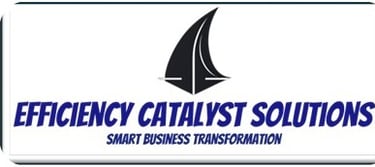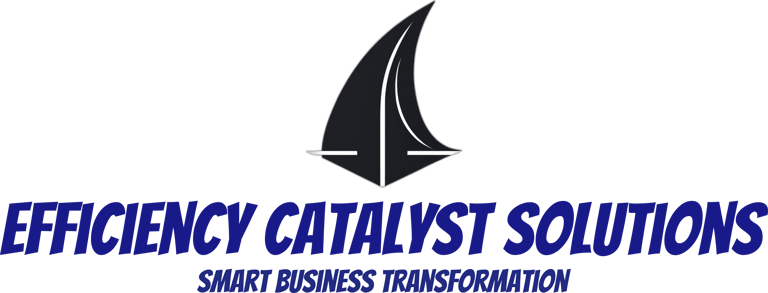CASE STUDIES
Sales and Operations Planning (S&OP) through Network Excellence
Client Industry:
DMT has initiated a new program called ‘Sales and Operations Planning (S&OP) through Network Excellence’. This integrated business management process is designed to synchronize supply with demand across various departments and facilities, thereby achieving strategic business goals. The program engages key sectors—sales & marketing, operations, logistics, procurement, demand planning, and finance—in a collaborative effort to develop a cohesive plan. This approach skillfully oversees capacity planning, inventory control, storage optimization, and customer demand, enhancing operational efficiency and reducing the overall manufacturing costs of finished goods.
The system excels at amalgamating data from different departments to devise comprehensive demand and supply strategies, thus optimizing profits through the adoption of Industry 4.0 technologies. It enables clients to make well-informed manufacturing decisions: producing the optimal quantity of products at the ideal facility and work center, at the exact required time. The foremost goal is to minimize supply chain and production costs while meeting customer needs and increasing market presence through the launch of new products.
Transformation:
Standardization of Product Costs: Product costs across all facilities and work centers have been harmonized, resulting in a 15% reduction in budget variances.
Optimization of Production Planning: The redistribution of high-demand products to more cost-effective facilities has led to a 10% decrease in production costs.
Logistics Improvements: Timely order fulfillment strategies have reduced shipping penalties by 20%, saving $500,000 annually. Improved packaging methods have decreased the rate of damaged goods and returns by 25%.
Budgeting Process Enhancement: The implementation of a robust data management system has improved budget accuracy by 30%, aiding in the prevention of overruns and enabling better allocation of resources.
New Product Introduction (NPI) Process Revamp: The restructured NPI process has improved the competitiveness of product pricing, with a 5% increase in market share and a projected $0.5 million increase in annual revenue.
Communication and Coordination Strengthening: Enhanced communication protocols have led to a 40% reduction in missed deadlines and a 35% decrease in RGAs, resulting in improved customer satisfaction and retention.
Strategic SKU Management: The implementation of MTO and MTS strategies at the SKU level has optimized inventory, leading to a 25% improvement in engineering minimum order quantities and a 4% uplift in profit margins.
Performance Metrics and Monthly Targets: The enhanced visibility and monitoring of performance metrics have contributed to a 15% improvement in meeting monthly targets, fostering a culture of continuous improvement.
These corrective actions have not only addressed the issues raised in the diagnostic report but have also positioned us for improved performance and profitability moving forward, with an overall cost saving of approximately $5 million and a revenue increase of $2 million.
Diagnostics:
During the diagnostic, we observed a discrepancy in product costs across various facilities and work centers, leading to budget overruns, as the standard costs recorded in the system did not mirror actual expenses. We noted that the planning and production of high-demand products were concentrated at labor-intensive and costlier facilities and work centers. Additionally, we encountered numerous shipping penalties stemming from late orders, alongside a significant amount of damaged and returned products, which were consequences of excessive processing or transportation. The budgeting process was compromised by the absence of reliable information and precise data within the system. We identified a breakdown in the New Product Introduction (NPI) process due to the non-competitive prices of products. Moreover, disjointed communication among operations, procurement, and logistics led to missed deadlines and an increase in Return Goods Authorizations (RGAs) owing to quality concerns. The company lacked defined strategies such as Make-To-Order (MTO) and Make-To-Stock (MTS) at the SKU level, resulting in suboptimal engineering of the minimum order quantities. This oversight hindered client's ability to achieve the expected profit margins. Furthermore, the visibility of performance metrics critical to meeting monthly targets was inadequate. Consequently, the absence of a strategic action plan leveraging historical data prevented the effective identification and bridging of performance gaps
Modifications:
The new S&OP system, bolstered by Industry 4.0 principles, leverages advanced technologies such as Artificial Intelligence (AI), the Internet of Things (IoT), and cloud computing to maximize profitability. AI algorithms scrutinize vast datasets to forecast trends and refine decision-making processes. IoT devices enable real-time monitoring and control over manufacturing processes, while cloud computing provides scalable resources for data storage and analytics. Collectively, these technologies engender a responsive and agile manufacturing environment, empowering the client to produce the appropriate product at the right facility and work center at the optimal time. We have implemented innovative inventory strategies to calculate the Economic Order Quantity (EOQ) and the Economic Production Quantity (EPQ) for various products. We generate weekly reports that juxtapose forecasted and actual production, underscoring our delivery capabilities and pinpointing areas of improvement. These reports also elucidate the root causes of any shortages, whether they stem from forecasting inaccuracies or manufacturing and supply chain disruptions. Furthermore, we have instituted a comprehensive budgeting system that considers both projected demand and the capacities for production and storage, ensuring a more efficient allocation of resources and smoother operational flow.
info@efficiency-catalyst.com
1-289-633-3621
©2023-2025 Efficiency Catalyst Solutions Inc.
www.efficiency-catalyst.com


